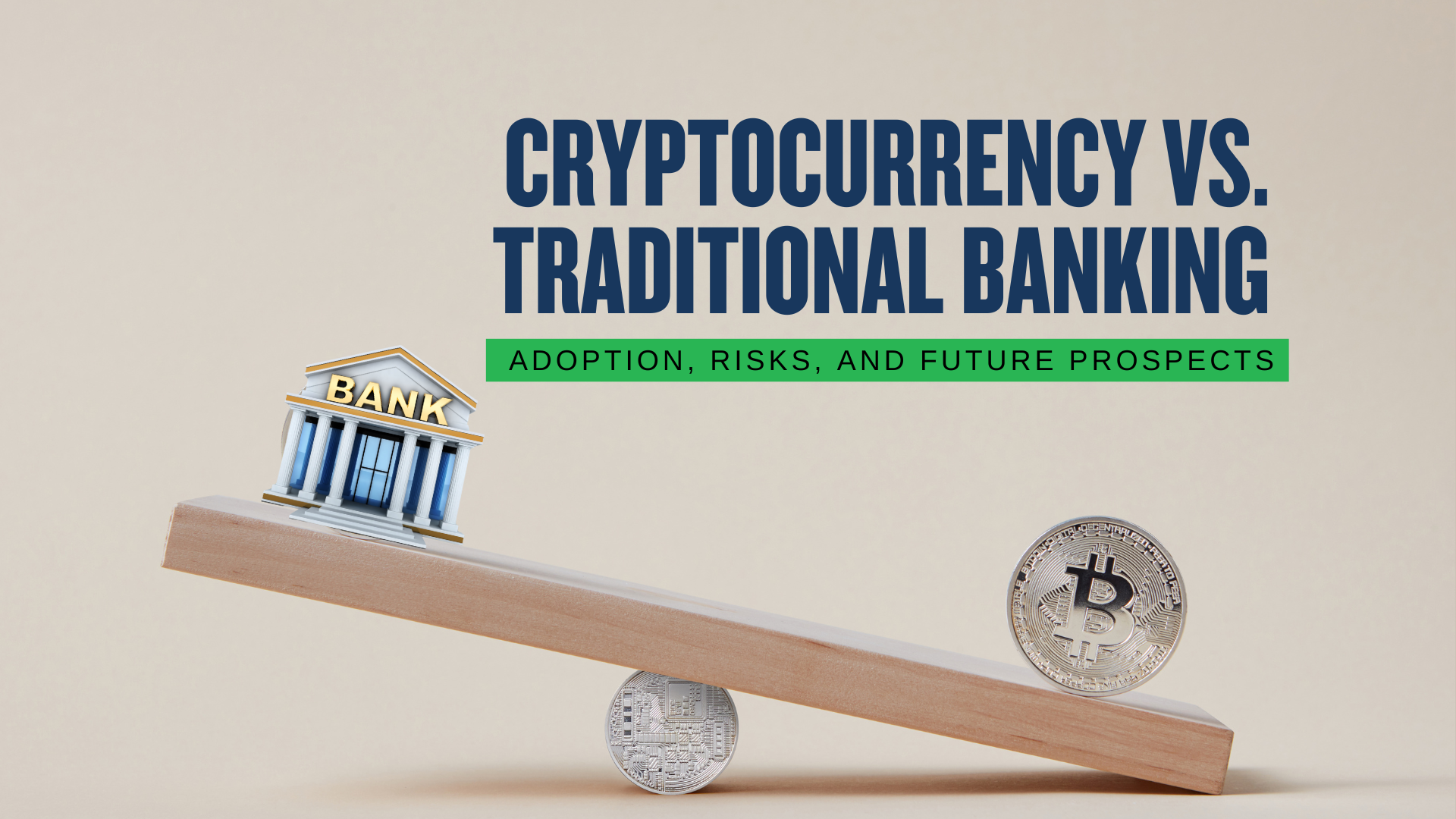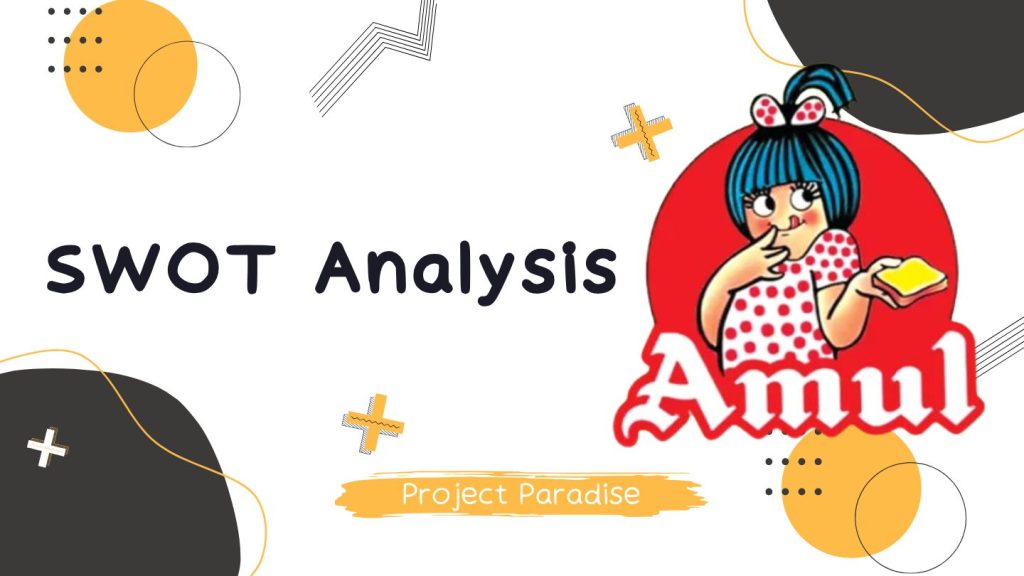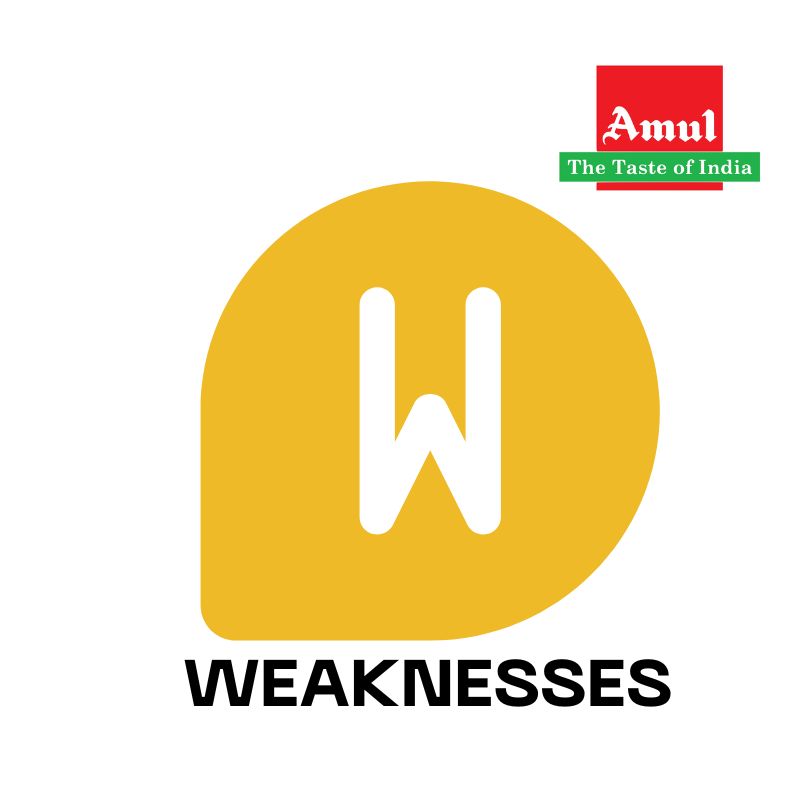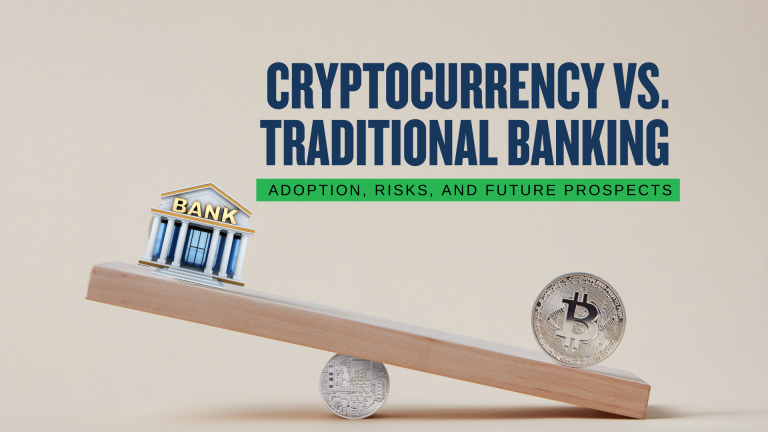Top 10 MBA Human Resource (HR) Research Project Topics for 2025
10 Ideal Research Marketing Project Report Topics for MBA Students in 2025
10 Ideal Research Project Report Topics for MBA Students in 2025
Cryptocurrency vs. Traditional Banking: Adoption, Risks, and Future Prospects
The Rise of the Cashless Economy: Trends, Importance, and Future Prospects
SWOT Analysis of Amul: A Comprehensive Study
Influencer Marketing: Measuring Its Impact on Brand Equity
Metaverse Marketing: Opportunities and Challenges
Coronavirus: Impact on the Global Economy
Coronavirus: Impact on the Global Economy

The coronavirus pandemic (COVID-19) has been a defining moment in modern history, not just for its devastating impact on global health but also for the sweeping economic changes it has brought about. For students working on MBA project reports, the pandemic offers an opportunity to study the interconnectedness of global markets, the fragility of supply chains, and the resilience of businesses in the face of unprecedented challenges.
This blog will explore the pandemic’s impact on the global economy in a comprehensive manner, covering topics such as disruptions in supply chains, shifts in consumer behavior, effects on key industries, and government interventions. With a focus on providing detailed insights, this post serves as a resource for MBA students and professionals analyzing the economic aftermath of COVID-19.
Introduction: The Pandemic That Shook the World

COVID-19 emerged in late 2019 as a health crisis, but its effects soon rippled across industries, nations, and continents, transforming into an economic catastrophe. For MBA students delving into project reports on topics such as crisis management, business continuity, and global supply chains, the pandemic provides a real-world case study of economic disruption on an unprecedented scale.
From stock market crashes and plummeting GDPs to changes in consumer behavior and new norms in work culture, the pandemic has left a lasting impact. As businesses pivoted to survive, some industries thrived, while others faced near extinction. Let’s examine these trends and their relevance for MBA project reports.
1. Disruption in Global Supply Chains
The global supply chain is a backbone of modern commerce, enabling the seamless movement of goods and services. However, COVID-19 exposed its vulnerabilities. For students preparing MBA project reports, this provides a compelling case study of how interdependence can become a weakness during crises.
- Initial Shock: China, the “world’s factory,” was the first to enforce lockdowns, disrupting manufacturing and exports. Companies reliant on Chinese suppliers faced delays and shortages.
- Ripple Effect: Lockdowns in other countries compounded the issue. For instance, European automakers faced delays in sourcing essential parts.
- Lessons Learned: Businesses are now reconsidering their reliance on single-source suppliers, exploring options for localized production, and adopting technology like blockchain for transparency.
MBA students can analyze case studies such as Apple’s supply chain challenges during the pandemic to understand how global interconnectivity works in practice.
2. The Economic Recession: Job Losses and Recovery Challenges
COVID-19 triggered a global recession, with the International Monetary Fund (IMF) reporting a contraction of 3.5% in 2020. For MBA students, analyzing the economic downturn presents an opportunity to study macroeconomic trends, fiscal policies, and employment impacts.
- Massive Job Losses: According to the International Labour Organization (ILO), 255 million full-time jobs were lost in 2020. Sectors like hospitality, travel, and retail were hit hardest.
- Recovery Strategies: Governments implemented stimulus packages and unemployment benefits to cushion the blow. However, the recovery has been uneven, with emerging economies lagging behind developed nations.
Case Study Tip: For MBA project reports, focus on comparative analyses of recovery strategies in different countries, such as the U.S.’s CARES Act versus India’s Atmanirbhar Bharat initiative.
3. Impact on Consumer Behavior and E-Commerce
The pandemic accelerated shifts in consumer behavior, particularly the adoption of e-commerce and digital services. For students working on marketing and consumer behavior topics in MBA project reports, this area is rich with insights.
- Digital Transformation: Businesses like Amazon, Shopify, and Netflix saw unprecedented growth as consumers turned to online shopping and entertainment.
- Preference for Essentials: Spending on luxury items decreased, while demand for essentials and health-related products surged.
- Changing Habits: Trends like remote work and online education have spurred demand for new products and services, from ergonomic furniture to virtual learning platforms.
Research Idea: Conduct a detailed analysis of the growth trajectories of companies that thrived during the pandemic versus those that struggled.
4. Industries Severely Impacted
While some sectors adapted quickly, others faced existential crises. MBA project reports focusing on industry-specific impacts can highlight lessons learned and strategies for resilience.
- Travel and Tourism: The global travel industry lost $4.5 trillion in 2020. Airlines, hotels, and tour operators struggled to stay afloat.
- Hospitality: Restaurants faced closures and adopted delivery models to survive, while luxury dining saw a steep decline.
- Education: Schools and universities transitioned to online learning, creating opportunities for ed-tech startups like Byju’s and Coursera.
Project Tip: Compare the recovery strategies of industries that suffered the most, such as aviation versus education.
5. Government Stimulus and Global Debt
Governments around the world introduced fiscal and monetary policies to mitigate economic fallout, providing a key area of focus for MBA project reports on macroeconomics and public finance.
- Stimulus Measures: Trillions of dollars were spent on stimulus packages, unemployment benefits, and healthcare investments.
- Rising Debt Levels: Global debt reached a record 97% of GDP by the end of 2020, according to the IMF.
- Inflation Concerns: The influx of liquidity raised fears of inflation, a topic that MBA students can explore in their reports.
Case Study Tip: Analyze the long-term implications of stimulus spending on economies like the U.S. versus developing nations.
6. Stock Market Volatility
The financial markets experienced unprecedented volatility during the pandemic, providing a fascinating topic for finance-focused MBA project reports.
- Initial Shock: Markets crashed in early 2020 but rebounded due to aggressive monetary policies and investor optimism.
- Sector Performance: Technology stocks surged, while energy and real estate struggled.
- Lessons for Investors: Diversification and long-term investment strategies proved critical during the crisis.
Research Idea: Examine the performance of tech-heavy indices like the NASDAQ versus traditional indices like the Dow Jones during the pandemic.
7. The Road to Economic Recovery
As the world moves toward recovery, the pandemic’s long-term economic effects are becoming clearer. For MBA students, this is an opportunity to explore resilience, innovation, and adaptability in business.
- Vaccine Rollouts: Countries with faster vaccination campaigns recovered more quickly, highlighting the link between public health and economic stability.
- Digital Economies: Remote work and digital transformation are here to stay, reshaping traditional industries.
- Global Collaboration: The pandemic underscored the importance of global cooperation in addressing shared challenges.
Conclusion: A New Economic Landscape
The coronavirus pandemic has left an indelible mark on the global economy, reshaping industries, consumer behavior, and government policies. For MBA students preparing project reports, this era provides invaluable insights into crisis management, economic resilience, and the transformative power of innovation.
As businesses adapt to a post-pandemic world, the lessons learned during this crisis will inform strategies for years to come. Whether analyzing supply chain disruptions, fiscal policies, or consumer behavior shifts, MBA project reports on this topic will offer practical and theoretical contributions to understanding the future of the global economy.
Key Takeaway for MBA Project Reports: The pandemic’s impact on the global economy serves as a reminder of the need for adaptability, collaboration, and forward-thinking strategies in an interconnected world.


























